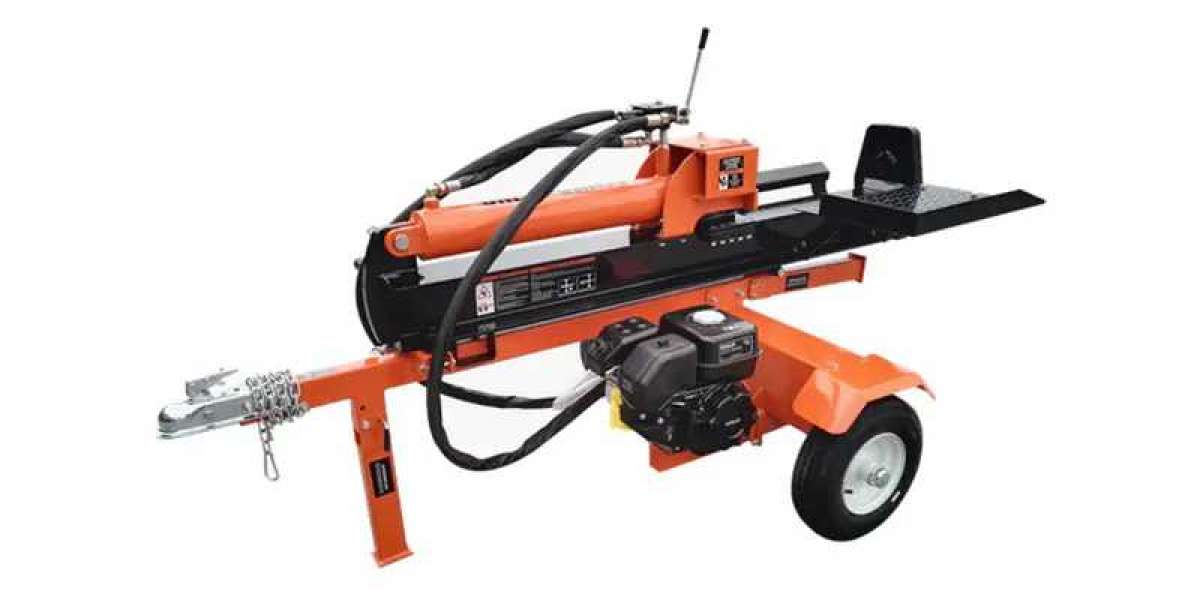With the continuous development of mechanical technology, log splitters have undergone a transformative evolution, offering efficient solutions for processing firewood. Among the diverse options available, hydraulic log splitters and kinetic log splitters stand out as technological marvels. This article delves into the intricacies of these two log-splitting technologies, exploring their mechanisms, advantages, and applications in the world of wood processing.
Search
Popular Posts
-
 Сделайте следующий шаг в своей образовательной карьере: Купить диплом и достичь новых высот
By worksale
Сделайте следующий шаг в своей образовательной карьере: Купить диплом и достичь новых высот
By worksale -
 Диплом по вашему выбору: легко и надежно купить онлайн
By worksale
Диплом по вашему выбору: легко и надежно купить онлайн
By worksale -
 Купить диплом с бесплатной доставкой
By worksale
Купить диплом с бесплатной доставкой
By worksale -
 Преодолейте преграды в карьере: Купить диплом – ваш путь к успеху
By worksale
Преодолейте преграды в карьере: Купить диплом – ваш путь к успеху
By worksale -
 Torrent Mp3 Temper Trap Sweet Disposition Mp3 5.38 MB - Mp3 Pc Cracked Exe Full Version
By berrololof
Torrent Mp3 Temper Trap Sweet Disposition Mp3 5.38 MB - Mp3 Pc Cracked Exe Full Version
By berrololof


